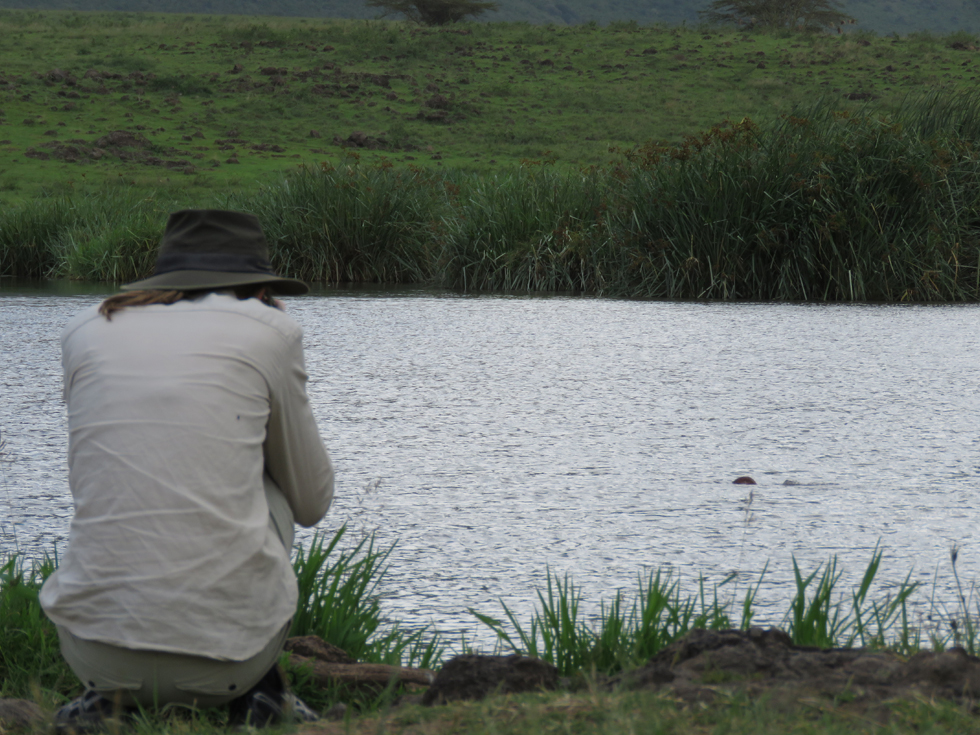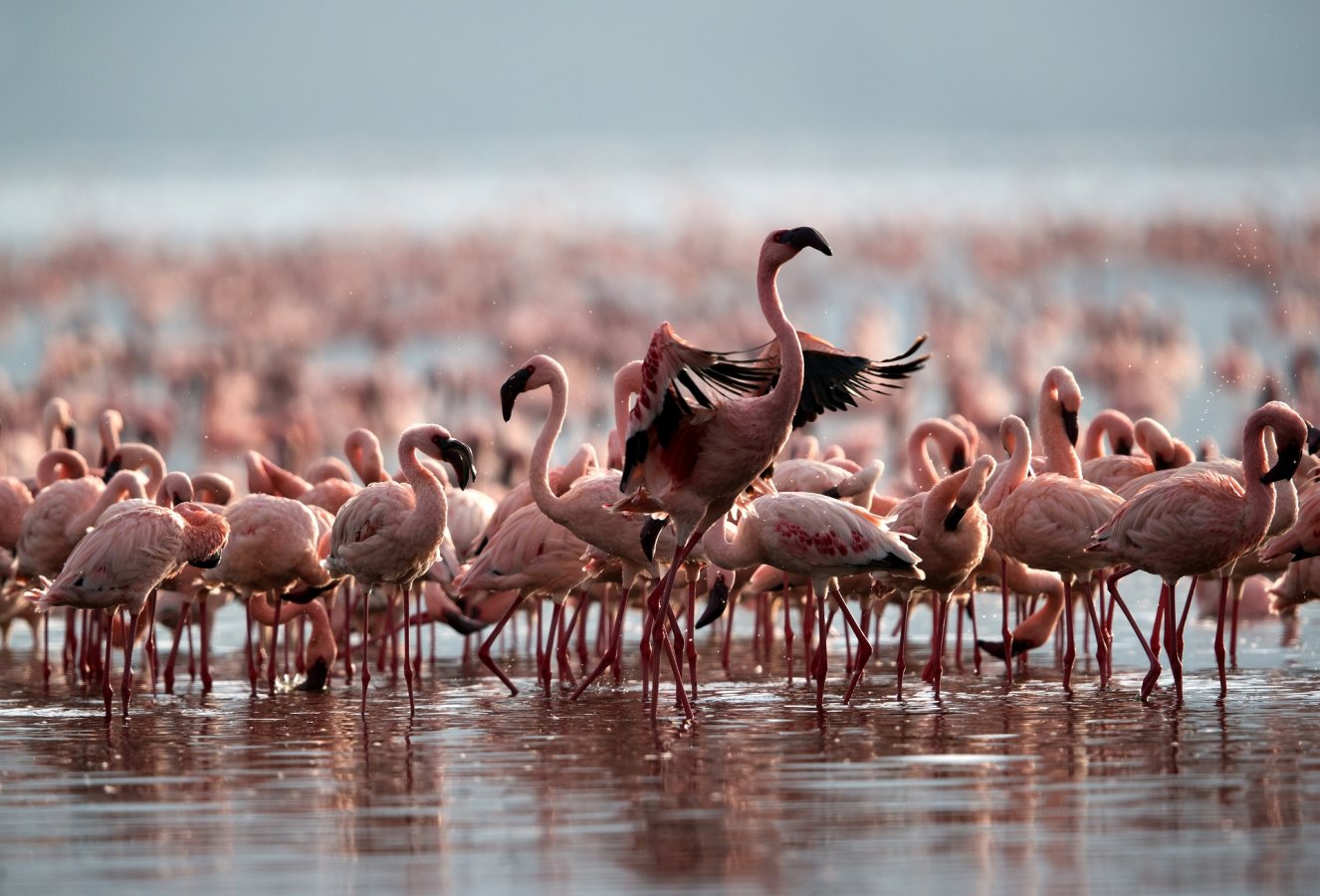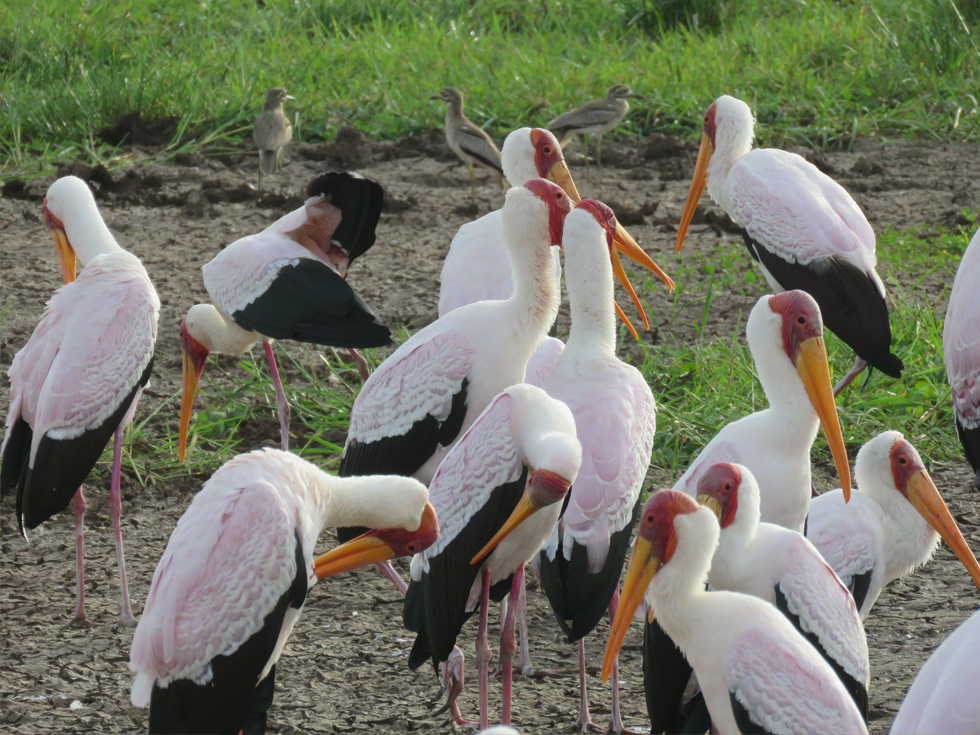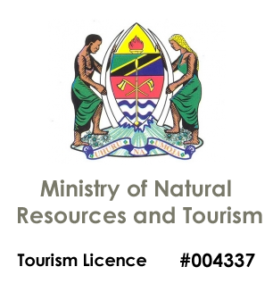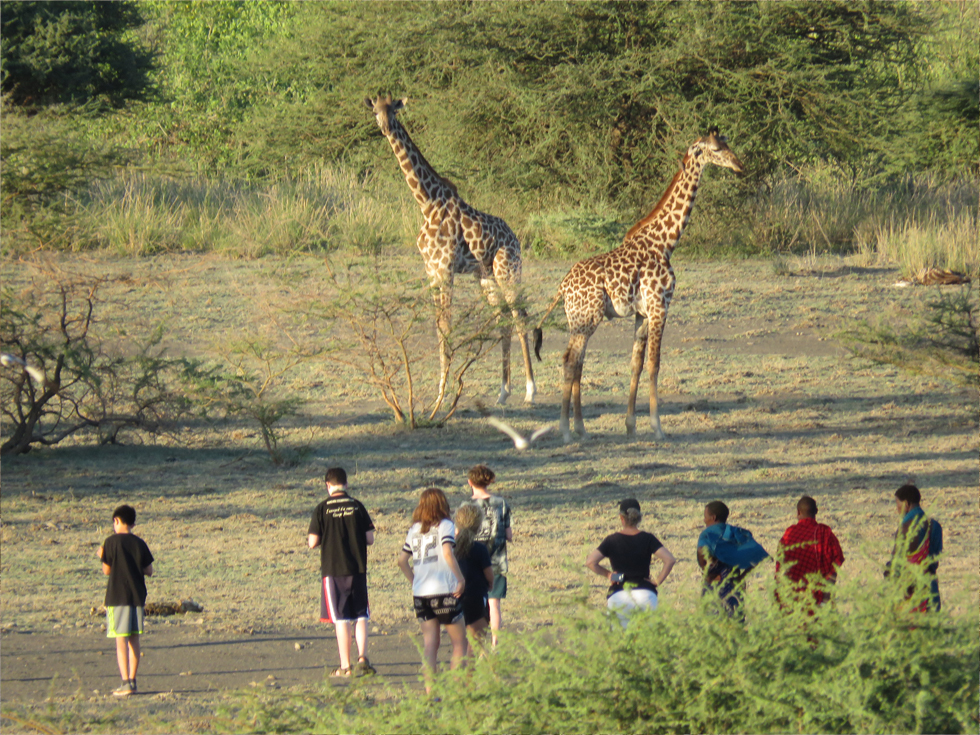
Destination Details
- Title : Serengeti National Park
- Category : Nothern Circuit
- Area : 14,750 km2 (5,700 sq mi)
- Location : Arusha, Mara and Simiyu regions
-
Activities :
Bird watching
Exciting walking safaris
balloon ride in the Serengeti
Overview
The Serengeti National park is African Paradise and one of the seven natural wonders of The Africa and World. World heritage site, Man and Biosphere Reserve. Visiting the park will reward you and breathtaking for its unique biodiversity and physical features from plains to rolling hills, valleys and mountains.
The wildebeest migration, like a discernible thread, embraces and connects the Serengeti’s ecosystem much as it has done for at least two millions years. Every year, with some seasonally dictated variations in timing and scale, one million wildebeest leave the southern Serengeti’s short grass plains in search of the grass and water they need to survive. During their annual pilgrimage they will travel some 2.000 miles devouring 4.000 tonnes of grass a day. A quarter of a million will be born, many will die.

